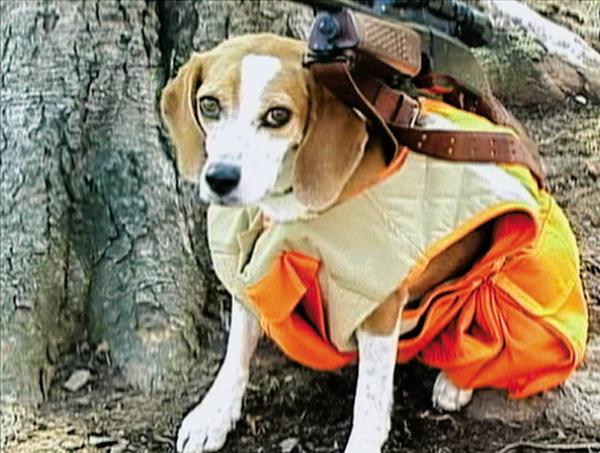Movie review by Greg Carlson
“Bowling for Columbine,” the latest documentary from professional provocateur Michael Moore, is as disturbing and heartbreaking as it is funny. Moore’s combination of ironic wit and genuine emotion has been the filmmaker’s trademark since his auto industry polemic “Roger & Me” made him a celebrity in 1989, and his new movie continues the darkly comic tradition. Where “Columbine” departs from the writer-director’s earlier work, however, is in the mission of its inquisitiveness: while nobody is going to mistake Moore for anything but a true blue liberal, the movie is not a so much a strident argument for gun control as it is a study of America’s love affair with mayhem and violence. Moore seems more comfortable on camera than ever, and perhaps that’s because this time he doesn’t know the answers to his questions before he asks them.
Last May, “Columbine” became the first documentary to compete at the Cannes Film Festival in nearly fifty years. The distinction is deservedly earned, as the film quickly establishes itself as vintage Moore, stitching together a heady collection of the director’s typically strange characters alongside the famous folk who always seem to find themselves on the receiving end of Moore’s skewer. While some audiences might not appreciate the film’s disorganized, scattershot approach, many of its scenes are undeniably electrifying. Moore visits with acquitted Oklahoma conspirator James Nichols, who hung out with brother Terry and Tim McVeigh on his farmstead. Nichols comes across as completely unhinged, at one point putting a loaded gun up to his own head. In the same scene, we are treated to one of the film’s most hilarious exchanges: Moore to Nichols: “Why not use Gandhi’s way? He didn’t have any guns and he beat the British Empire.” Nichols to Moore: “I’m not familiar with that.”
Moore is never short on eye candy, bouncing between a 50s TV commercial for Sound-O-Power toy guns, clips from Chris Rock’s standup (the brilliant “Five Thousand Dollar Bullets” bit from “Bigger and Blacker”), the Michigan Militia’s pin-up calendar, a bank that gives away a free gun when you take out a CD (their motto: More bang for your buck), and dozens and dozens of archival clips that range from the horrible (military executions, R. Budd Dwyer’s press conference suicide, and security camera footage of the Columbine shootings) to the eccentric (an industrial promo for a school security company that shows a kid pulling an endless supply of hidden weapons out of his jacket and baggy pants). Fargo’s own KXJB is thanked in the credits for providing tape of Carey McWilliams (a former school classmate of this author), a blind man who received a permit to carry a concealed weapon in October of 2000.
Like Moore’s other movies, “Columbine” showcases a handful of truly unforgettable moments that receive more careful, in-depth treatment than most of the anecdotal segments. Along with a pair of victims of the Columbine shooting, Moore treks to the headquarters of K-Mart in Troy, Michigan, attempting to “return” the seventeen-cent bullets now lodged in the bodies of two young men (the killers had legally purchased some of their rounds at the discount chain). Easily the film’s centerpiece, Moore is rendered speechless – a rare occasion – when his persistence results in a statement from K-Mart agreeing to stop selling handgun and assault rifle ammunition in all of its stores.
Moore finishes his movie with an examination of a school shooting in his hometown of Flint, Michigan that claimed the life of a six-year-old girl. Coming down hard on a “welfare to work” program that forced the mother of the first-grade shooter to spend long hours on a bus to Auburn Hills so that she could make minimum wage at one of Dick Clark’s fast food restaurants (while Clark’s company received tax breaks for using the program), Moore confronts a surly Clark – who has never looked more unpleasant, foolish, or arrogant. Following that exchange, Moore finally hits the mother lode when he is granted an audience with NRA chieftain Charlton Heston. Heston’s ugly, insensitive answers pale when compared to the surprisingly articulate responses of Marilyn Manson, who had spoken to Moore earlier in the film. While the privileged Heston blathers on with his rehearsed “personal freedom” rhetoric, Manson offers a startling answer to Moore. When Moore asks Manson what he would say to the people of Littleton, Colorado, Manson replies that he wouldn’t say anything – instead, he would listen to what they have to say.
